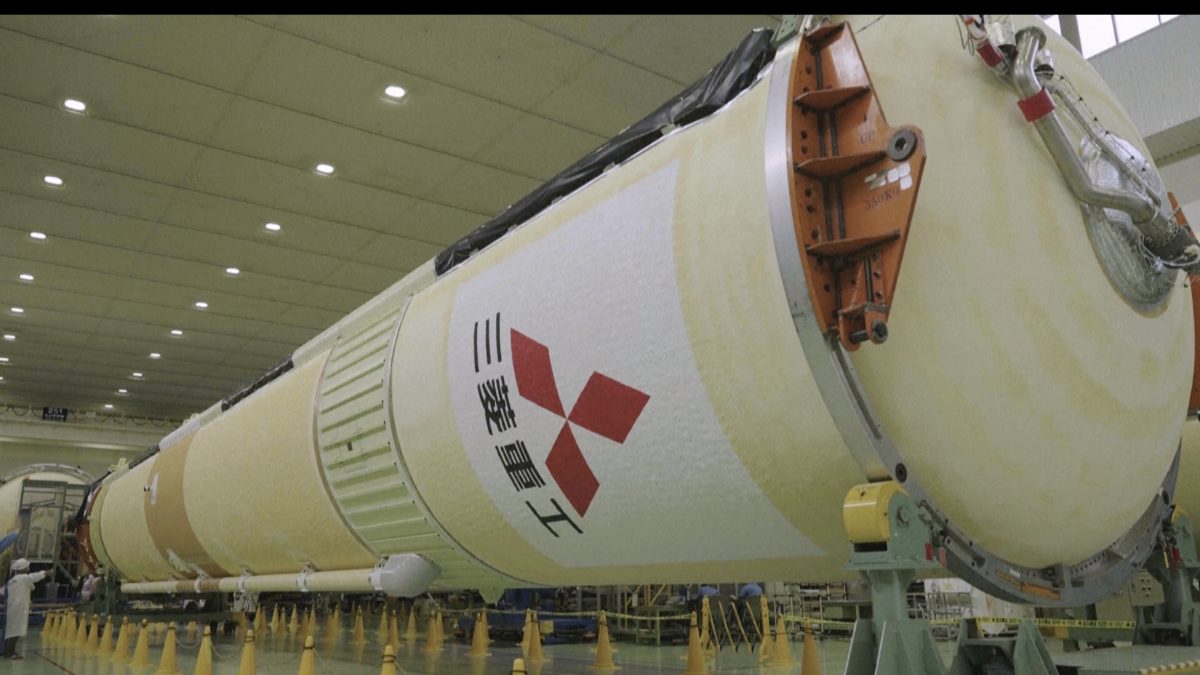On Sunday, Japan launched a satellite to measure greenhouse gas emissions using its primary H-2A rocket, which is being replaced by a new flagship meant to be more cost competitive in the global space market.
The H-2A rocket launched from the Tanegashima Space Centre in southern Japan, carrying the GOSAT-GW satellite as part of Tokyo’s efforts to combat climate change.
Later on Sunday, the Japan Aerospace Exploration Agency and Mitsubishi Heavy Industries, which manages the rocket launch, will conduct a press conference to provide further information about the trip.
Sunday’s launch marked the 50th and final flight for the H-2A, which has served as Japan’s mainstay rocket to carry satellites and probes into space with near-perfect record since its 2001 debut. After its retirement, it will be fully replaced by the H3, which is already in operation, as Japan’s new main flagship.
The launch follows several days of delay due to malfunctioning in the rocket’s electrical systems.
The GOSAT-GW, or Global Observing SATellite for Greenhouse gases and Water cycle, is a third series in the mission to monitor carbon, methane and other greenhouse gasses in the atmosphere.
Japan sees a stable, commercially competitive space transport capability as key to its space program and national security, and has been developing two new flagship rockets as successors of the H-2A series — the larger H3 with Mitsubishi, and a much smaller Epsilon system with the aerospace unit of the heavy machinery maker IHI. It hopes to cater to diverse customer needs and improve its position in the growing satellite launch market.
)